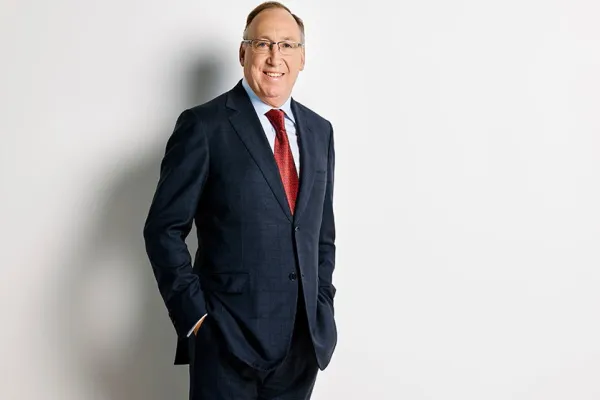Property and casualty insurers tend to play it safe with their investments, with most parking the bulk of their assets in investment-grade fixed income. Selective, Insurance plays it even safer.
While most P&C insurers allocate around 20 percent of their portfolios to risk assets — including private equity, private credit, public equities, and high-yield debt — Selective is even more risk-averse, allocating roughly 10 percent to such assets. According to its chief investment officer Joseph Eppers, this is at the low end of the portfolio’s target allocation for risk-seeking assets. (It can go up to 14 percent.) The portfolio is currently underweight public equity because, as he sees it, the value just is not there.
“We have maintained allocations at the lower end due to less attractive valuations in public risk assets relative to high-quality fixed income investments,” Eppers said, adding that his appetite for increasing risk assets has not materially changed.
Unlike life insurers, whose long-term and predictable liabilities let them invest more heavily in longer-duration, less liquid assets, P&C carriers like Selective tend to face shorter-term and less predictable claims. They prioritize liquidity by holding more cash and short-duration, high-quality securities to ensure they can pay claims quickly.
Selective’s duration and credit risk profile gives the portfolio significant liquidity on top of the organic cash flow it receives from premiums. “Given our strong liquidity profile, we can take liquidity risk as a tool for enhancing returns,” Eppers said.
The Allocators’ Choice Awards finalist explained that Selective came into the current environment pretty well positioned — “We haven’t really had to do much,” he said — so, the investment team’s position “has been to go up in credit quality.”
“When your duration is pretty fixed, there are only so many ways to add value on the margin,” he said. “We’ve chosen to be underweight risk assets because you’re getting paid pretty well to be in fixed income, so why do I need to take risk or go down in quality or duration?”
Eppers added that the fund also operates with higher investment leverage than the industry average — roughly 3.3x versus 2.5x — enabling Selective “to achieve comparable returns on equity without assuming excessive asset risk, particularly given prevailing fixed income yields.”
“We tend not to make dramatic changes to our portfolio allocation,” he said. “You’re not going to see us tactically move the portfolio one way or the other in line with headlines.”
That said, the investment staff has the option to rebalance the risk assets during volatile periods —for example, the team added public equity in March and April, but has since paused following the market rebound.
“We tend to be patient long-term investors. We understand there are risks, but given the high-quality bonds, we like the volatility,” Eppers said. “It allows us to extend duration a bit when yields get up to where they have been and allows us to dip into equities like we did earlier this year.”







